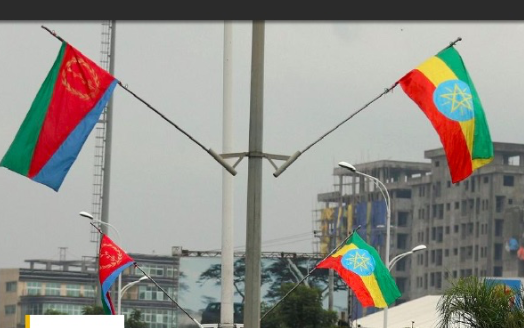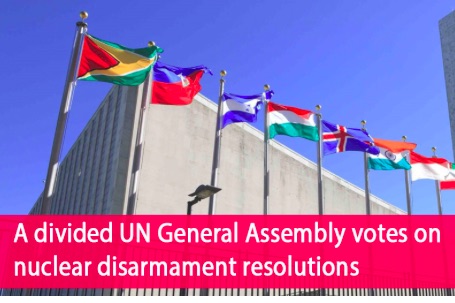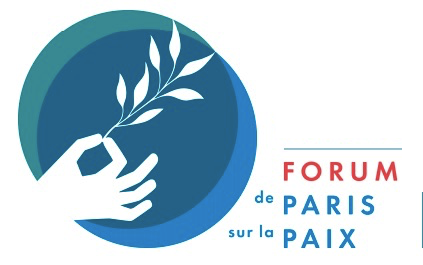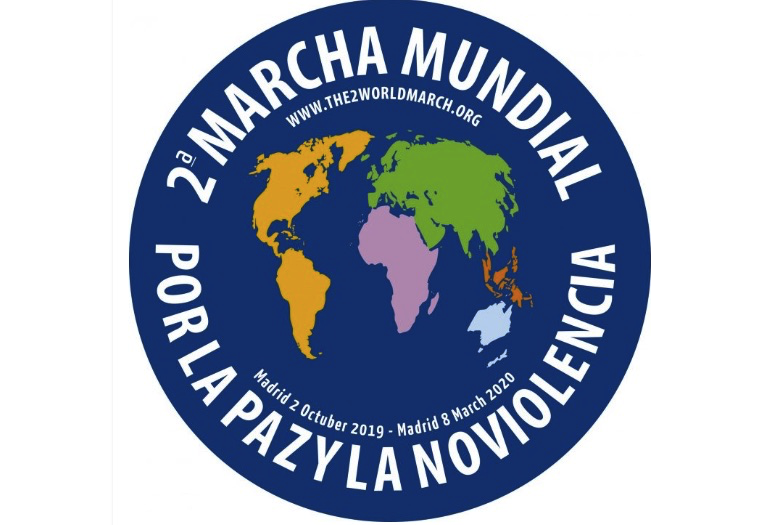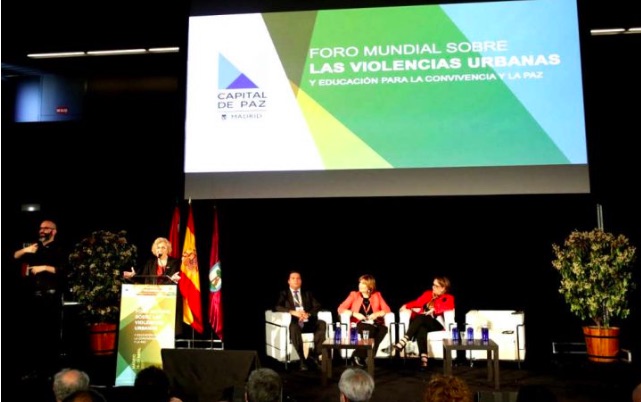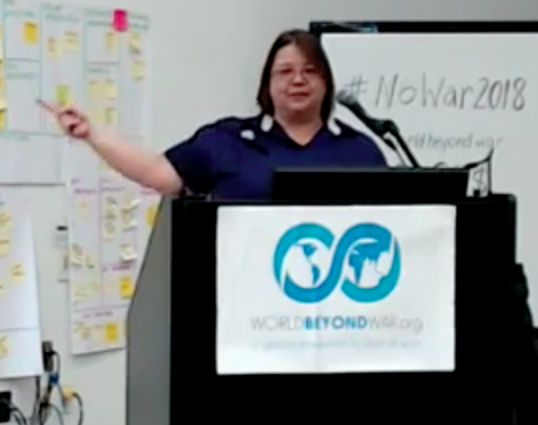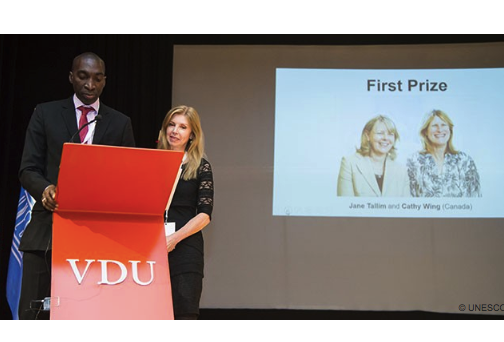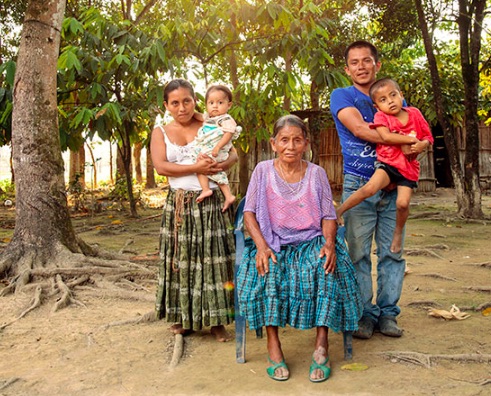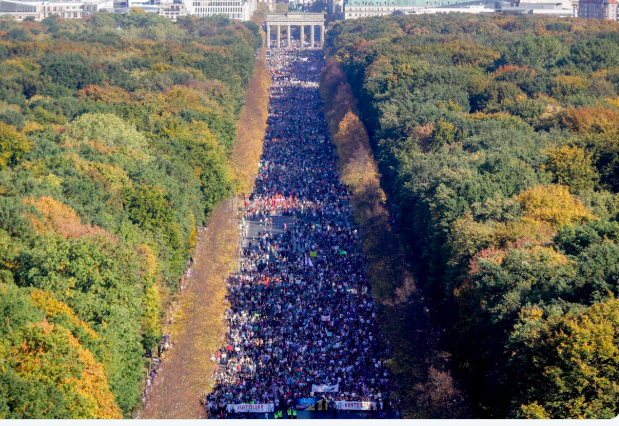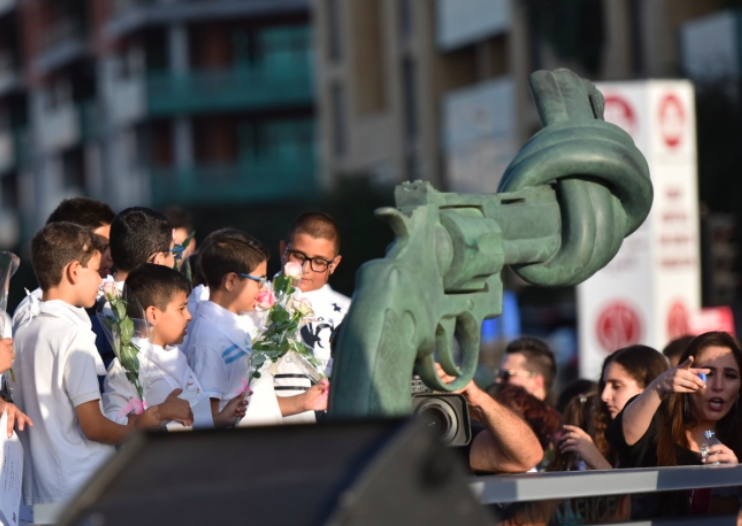EDUCATION FOR PEACE .
An article by Robert J. Burrowes, Anita McKone & Anahata Giri for Transcend Media Service (abbreviated)
At the time of today’s report, we have signatories in 105 countries with our first signatory, Peter C.S. Kim, in South Korea since the last report. We also have 114 organizations/networks from 36 countries. If you wish, you can see the list of organizational endorsements on the Charter website.
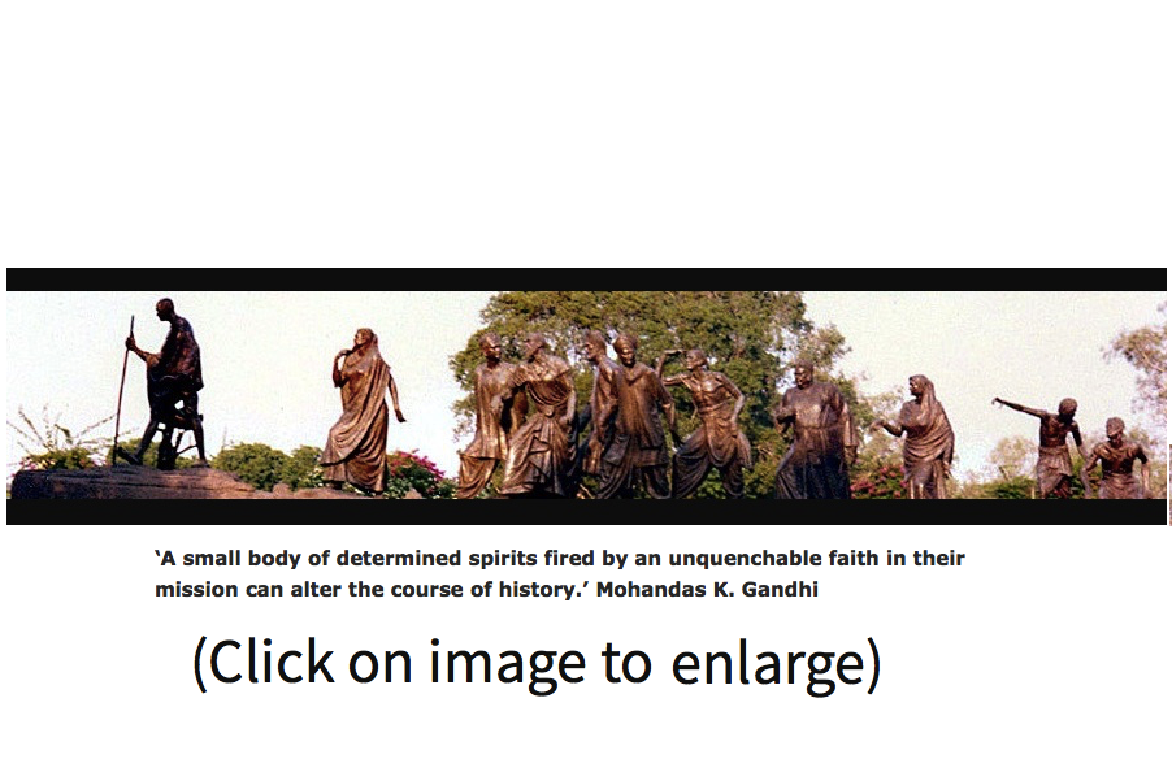
If you wish to see individual signatories, click on the ‘View signatures’ item in the sidebar. You can use the search facility if you want to look for a specific name.
The latest progress report article ‘Gandhi’s Despair and the Struggle for Truth and Love’ was recently distributed to many progressive news websites: it was published by a number of outlets in 14 countries, thanks to very supportive editors (several of whom are Charter signatories: special thanks to Antonio C. S. Rosa, Gifty Ayim-Korankye, Korsi Senyo and Pía Figueroa ). If you like, you can read the article in English here – ‘Gandhi’s Despair and the Struggle for Truth and Love’ – and, thanks to its translation into French by Charter signatory Edith Rubinstein in Belgium, here: ‘Le désespoir de Gandhi et la lutte pour la vérité et l’amour’. . . .
Anyway, here is another (inadequate) sample of reports of the activities of individuals and organizations who are your fellow Charter signatories.
Given that dysfunctional parenting is ultimately responsible for the behaviour of those individuals – including political, corporate, military and religious leaders – who generate and perpetuate violence, a number of Charter signatories are now making ‘My Promise to Children’ so that we start to produce a higher proportion of functional individuals who know how to powerfully resolve conflicts in their lives without resort to violence. Still other signatories are now prioritizing their own recovery from childhood violence by ‘Putting Feelings First’.
Some signatories are developing more sophisticated nonviolent strategies to deal with peace, environment and social justice issues more effectively, or so they can be more strategic in their liberation struggle. If you are interested in nonviolent strategy for your campaign or liberation struggle, these websites (which include photos of several Charter signatories) will be helpful:
Nonviolent Campaign Strategy
Nonviolent Defense/Liberation Strategy . . . .
Since the last report in April, we finally made time to accede to various requests over the years to revise the Charter by adding to it certain issues that some signatories believed to be important. So, the revised (and updated) Charter is now posted here with the Spanish translation, again kindly done by Antonio Gutiérrez Rodero in Venezuela, here.
Hopefully, you will find nothing objectionable about the update but please advise us if you do.
So to the report . . . .
Further to the report last time of their original three ‘lists of 100’, recognizing some of the many fine peace and justice leaders around the world, Charter signatory Professor Kathleen Malley-Morrison and her colleague Professor Anthony J. Marsella researched the efforts of many other fine activist leaders to compile a fourth list which has now been published. You can see the names of the people they decided to recognize, including many Charter signatories, in these four lists here:
1. ’In Pursuit of Peace and Justice: 100 Peace & Justice Leaders and Models‘.
2. ’In Pursuit of Peace and Justice: 100 Peace & Justice Leaders and Models (List #2)’.
3. ’100 Living Peace and Justice Leaders and Models (List #3)’.
4. ’100 Living Peace and Justice Leaders and Models (List #4)’, 6 Aug 2018.
Once again, thank you for all your work compiling these lists and recognizing some fine activist leaders Kathie and Tony.
In addition to this work, however, Kathie maintains her own website ‘Engaging Peace’ on which her own thoughtful articles appear, as well as her commentary and/or questions designed to encourage reflection, on articles by guest authors published on her site. . . .
In Afghanistan, the Afghan Peace Volunteers, mentored by Dr Teck Young Wee (Dr Hakim) continue their inspirational work in extraordinarily difficult circumstances to bring sustainable peace to Afghanistan and the world. Two of Hakim’s recent articles will give you a clear sense of their exceptional work and vision: ‘In Afghanistan, our need to rethink the institution of war’ and ‘Loving Rashid so he won’t become a “terrorist”‘.
On the International Day of Peace (21 September), the Afghan Peace Volunteers organized a youth conference ‘Love in Action Brings Down Borders and Restores the Environment’ in Kabul. As part of their vision to build #GEN – a Green, Equal and Nonviolent world – representatives from all of Afghanistan’s provinces were invited with the intention to create an atmosphere of friendship and trust. ‘Holding this conference requires great courage in this time of almost daily bombings and attacks. The APVs show real leadership in nonviolence, including environmental restoration, and improving food security, despite the increasing violence.’ For a report on this conference, see ‘Afghan youth change their minds about peace’.
While being hosted by the Afghan Peace Volunteers in Kabul, Kathy Kelly wrote two delightful accounts of the Pashto men in Afghanistan who walked 400 miles from Helmand to Kabul while calling on warring parties in Afghanistan to end the war. Didn’t catch this in the corporate media? Surprising! So how did the Afghan peace walkers go? Find out in Kathy’s articles ‘Digging Deeper’and ‘A Mile in Their Shoes’.
As always, of course, Kathy continues her nonviolent activism to end war, resulting in her arrest and imprisonment fairly routinely. Fortunately, she evocatively documents her efforts on behalf of those on the receiving end of western military violence, however and wherever it manifests. For articles and actions focusing on Yemen in which Kathy and Voices for Creative Nonviolence were involved, you will find these items sobering: ‘U.S. Is Complicit in Child Slaughter in Yemen’ and ’34 Backpacks – an ongoing commemoration of Yemeni children killed on August 9 ′.
Kathy was also among those arrested, along with fellow Charter signatories – Joy First, Malachy Kilbride and Phil Runkel – at a nonviolent action, organized by the National Campaign for Nonviolent Resistance, to draw attention to the plight of the people of Yemen under bombardment by US weapons supplied to Saudi Arabia and its coalition partners. You can read a little about their action and Kathy’s court statement here: ‘A Courtroom Appeal for Yemen’.
Another of those arrested, Phil Runkel, works at Marquette University where he has served since 1977 as archivist for the papers of sainthood candidate Dorothy Day. There is an account of an earlier action taken in 2016 by Phil, written by Joy, here: ‘Phil Runkel, Dorothy Day Archivist and Activist, Found Guilty of Trespassing in Wisconsin’.
Professor Chandra Muzaffar is President of JUST International – the International Movement for a JUST World – based in Malaysia. Chandra routinely writes insightful commentary on Malaysian and world affairs. A recent notable article, titled ‘Syria: A False Flag Operation Thwarted? ’, described revelations by the Syrian and Russian governments that ‘may have thwarted a British-backed plan to stage a “false flag” chemical weapons attack in Idlib province that would have forced the US to launch a missile and air assault on Syria’. Given that previous false flag events in Syria have been used to justify military attacks on the country, exposure of this plan prevented another such assault. . . . .
Zakia Haddouch in Morocco continues to report the extraordinarily difficult circumstances of people in that country as she and other activists continue their various struggles to bring some semblance of justice to Moroccan affairs. One prominent issue is the ongoing debate in relation to ‘the forced military service (for both young female and male subjects and I don’t say citizens). It was lately decreed by the king. So, some say it’s good because the military service will “educate” young people. Some think it’s just the regime’s manoeuvre to enroll young contestants and activists, especially from regions like Rif.’ In Zakia’s view, the whole thing is wrong ‘starting from the way it was enacted (without going through the Parliament) and the timing (during the holidays) and finally the intention (despotic and war-oriented)…’.
Another struggle is taking place in the wake of the death of Mohcine Fikri on 28 October 2016, who was crushed to death in a rubbish truck trying to recover merchandise confiscated by a policeman. Following this event, Hirak (literally ‘The Movement’) was born and it quickly mobilized widespread support for its vigorous protests. While most of Hirak’s concerns are about local issues, it draws upon a national repertory of nonviolent actions fueled by the experiences of activists around the country. Between October 2016 and May 2017, and faced with social unrest of an unprecedented vitality which increasingly challenged him personally, Mohamed VI remained silent. However, when Hirak leader Nasser Zefzazi – who has never failed to stress nonviolence and advocate self-restraint – interrupted a sermon on 26 May 2017 in which an imam claimed the social movement was tantamount to a ‘fratricidal struggle or even civil war within Islam’, the government took this pretext to clamp down on Hirak.
(continued in right column)
Question for this article:
Can peace be guaranteed through nonviolent means?
(continued from left column)
Many activists were jailed – over 200 so far – and demonstrations are now systematically broken up. Zefzazi was among those arrested (on 29 May 2017) and, along with other members of Hirak, subsequently jailed for 20 years. The repression has nipped in the bud any hopes for resolving the crisis. For good accounts of the above, Zakia suggests these two articles: ‘Rif Crisis Reveals Failure of Development in Morocco’ and ‘Moroccan Protest Leader Is Sentenced to 20 Years in Prison’.
In relation to her own ongoing case, outlined in the previous report (see link above), Zakia notes that she hasn’t received notification of the appeal verdict against her so she cannot go to the supreme court yet. She is still waiting ‘with high spirit because I believe in my just cause and I’m determined to go to the end’. In sincere appreciation Zakia!
Ella Polyakova and her colleagues at the Soldiers’ Mothers of Saint-Petersburg in Russia continue their fine work to defend the rights of servicemen and conscripts by making sure that individuals are equipped with knowledge of their rights, the law and all relevant circumstances to be able to take responsibility for defending themselves from abuse. . . .
And just to show that activism is sometimes a family affair and perhaps even a multi-generational family affair, how about this action? Martha Hennessy, whose grandmother was Dorothy Day, wrote an evocative ‘Earth Day Reflection from a Georgia Jail’ where she was imprisoned with fellow nonviolent activist and Charter signatory Elizabeth McAlister (whose husband was the late Phil Berrigan). Martha and Liz, together with five other activists, had taken part in the Kings Bay Plowshares action for the reasons outlined in the article ‘Trident: Illegal and Immoral: “The ultimate logic of Trident is omnicide”’. In deep appreciation of your inspirational commitment Martha and Liz. . . . .
David Polden continues to publish his fine ‘Non-Violent Resistance Newsletter’ every couple of months, with news on nonviolent resistance both in the UK but also around the world, particularly Europe and Palestine. Unfortunately, despite our entreaties, David’s Newsletter is not online but you are welcome to contact him at if you wish to be added to his email list. Well worth it, in our view. . . . .
For yet another visionary initiative, David Steinman is the Project Director of World Liberation Radio which has begun a crowd funding campaign for a demonstration project ‘proving nonviolence can be taught to oppressed populations around the world by radio’. You can find out more about David’s fine initiative on the website above and please consider supporting his crowdfunding campaign too. Great idea David!
Many of you no doubt followed the progress of the recent international Freedom Flotilla Coalition boats attempting to sail into Gaza in Israeli-occupied Palestine. Whether or not you did, however, Elizabeth Murray was on the refurbished Norwegian fishing vessel and international solidarity boat ‘Al-Awda’ so you will find out a little about the flotilla and what it was intent on doing from her account of ‘The Next Boat to Gaza’. Good on you Elizabeth for so courageously supporting our Palestinian friends. . . .
The Global Network Against Weapons & Nuclear Power in Space held their annual conference at Oxford in the UK in June 2018. You can see some photos of fellow activists you might know and read Bruce Gagnon’s brief ‘Report on GN confab in Oxford, England – next 2019 meeting in Russia’ here.
In August the Global Network also produced a short video ‘Just Say NO To Space Force’. . . .
Pía Figueroa in Chile is Co-Director of ‘Pressenza International Press Agency’, which ‘feeds media every day for free with news, opinions, interviews and contributions regarding peace, nonviolence, disarmament, human rights, nondiscrimination and humanism in eight different languages, thanks to the volunteer work of more than 100 people based in 25 different countries.’ . . . .
‘Next November Pressenza celebrates 10 years, a milestone that we will celebrate decentrally in more than 40 places in the world, especially in Asia where we are trying to organize new editorial offices. Personally, I will be visiting China for the first time in order to participate in October in the Media Forum organized by CCTV+ in the city of Chongqing.
‘Social organizations that want us to publish their Press Releases and columnists that contribute with their nonviolent analysis are very much welcome.’ Contact Pía Figueroa Thanks a lot Pía for your unfailing support. . . .
West Papuan solidarity activist Dr Jason MacLeod continues his work in support of the nonviolent struggle to liberate West Papua from Indonesian occupation. Jason’s 2015 book Merdeka and the Morning Star: civil resistance in West Papua carefully describes the evolution of the West Papuan resistance to three successive occupying countries over more than a century.
Jason continues to work with Pasifika, a small organisation involved in strengthening the capacity of nonviolent resistance movements through the provision of training and education, action research and small-scale support of local nonviolent initiatives. . . .
Our friends at CND Cymru continue their campaign with like-minded souls both in Wales and around the world ‘for peace, environmental and social justice and to rid Britain and the world of all weapons of mass destruction’. In the latest edition of their magazine ‘Heddwch’, which is full of news of their activities, Jill Gough’s article ‘Army crashes fifth drone’ reports that yet another military drone recently crashed in a civilian area where, apparently, the primary military threat to the UK that afternoon was the local school sports. I guess we should be glad it was only a drone, which in this case didn’t kill anyone or cause significant damage, rather than a nuclear weapon! . . . .
Korsi Senyo is the Executive Director of the Africa Centre for Peace Building in Ghana and a prominent peace and civil rights advocate in Africa. At the invitation of H.E Benjamin Mkapa, former President of Tanzania, Korsi was in Tanzania to speak at the 2018 Africa Leadership Forum on ‘Africa in the Global Peace and Security Architecture – Overcoming gridlocks to peace’. . . . Korsi presented a strong case on how regional blocs across Africa must support research initiatives that will help to better understand the major causes of conflict on the continent and devise practical solutions to these challenges. You can read more about Korsi and his fine team on the AFCOPB website.
Dr John Tierney in the USA offers a range of resources designed to teach children ‘how to act peacefully’ while inspiring and enabling teachers to teach peacemaking skills but also encourage all of us ‘to see and celebrate the role that young peacemakers can have in changing their own lives, their schools, communities, and the world at large. . . . You can read more about John’s approach and access the resources he makes available on his website The Peaceful Educator.
Sami Awad, who is Director of the Holy Land Trust . . . . . and other friends at the Holy Land Trust continue their exceptional work to create a just and peaceful Middle East. For example, their Peace Research & Learning Center ‘fosters analysis of fundamental issues and structural problems in Palestine and Israel. Researchers utilize various methodologies in the field of social sciences to focus on themes of nonviolence, non-linear thinking, trauma healing, and to propose solutions to such issues. The Center attract researchers in multidisciplinary fields, and promote trans-disciplinary international joint research in Palestine. Research results derived from the Center are not only to be announced in the research community, but also to be announced as proposals to the society and the government’ . . . .
Graham Peebles, whose longstanding interest in the Horn of Africa has given him much opportunity to study the region, recently reported what is happening in Ethiopia. ‘As a result of the peaceful protest campaign that started in 2015, political change is at last underway in Ethiopia, and a feeling of optimism is beginning to pervade the country. The new Prime Minister, Abiy Ahmed, deserves much credit, but it was the actions of thousands of people who took to the streets calling for change that has forced the government to act. All those who marched in defiance of the ruling party displayed great courage and relentless determination. They risked their lives and liberty in standing up to tyranny; they are the heroes of the day, and we should salute them all. . . . For the full account, see Graham’s article ‘A Time of Hope for Ethiopia’. . . . .
Dr. Ayo Ayoola-Amale in Ghana reports on the 32nd Triennial International Congress of WILPF held in that country. The Women’s International League for Peace and Freedom (WILPF) is an international NGO established in 1915 with National Sections covering every continent. The recent conference was held on 20-22 August 2018 at the Legon Centre for International Affairs and Diplomacy on the vast campus of the University of Ghana in Ghana’s capital city of Accra. The conference brought together women from around the world.
‘On the first day of Congress, WILPF welcomed five new Sections and nine new Groups. This congress saw an African – Nigerian born Joy Ada Onyesoh – become WILPF’s first African President, along with newly elected vice-presidents and other key officers. There were several group discussions across a number of key thematic issues. The 32nd congress was held within its theme “Building a Feminist Peace Movement”. The Congress voting delegates approved the framework of the proposed International Program for 2018-2021, which includes emphases on environmental concerns and issues integral to human rights activism around the world, it calls for an end to violence in all forms as it broadly outlines the approach to be undertaken internationally and by all sections, groups, and members. WILPF advancing feminist peace requires making known and working to abolish the root causes of violence, systems of oppression and their interconnection, including militarization, patriarchy, and neoliberalism. The Feminist Peace Movement in Africa Forum was held, looking at the historic and current realities of women working for peace across Africa, especially locally within conflict-affected communities. The root causes of violence and feminist work for social transformation, economic justice and peace was explored during this special forum.’ . . . .
‘This historic congress and conference, the first WILPF international congress held in Africa after 103 years was a very successful and memorable event with great classic music from almost every country in Africa, traditional drumming and dance troupes, Poetry, Storytelling, art and craft. . . . .
From 21 August to 9 September, prisoners in 17 states of the USA went on strike to protest inhuman living and working conditions and to promote ten basic demands. Although the formal strike is over, some prisoners are being retaliated against and others are continuing to strike. In a recent podcast for ‘Clearing the FOG’, Margaret Flowers and Kevin Zeese spoke with Amani Sawari, a prisoners rights activist, about the strike, the demands and how we can all provide support to finally end legalized slavery in the United States. You can listen to the interview here: ‘The National Prison Strike Isn’t Over’. . . .
